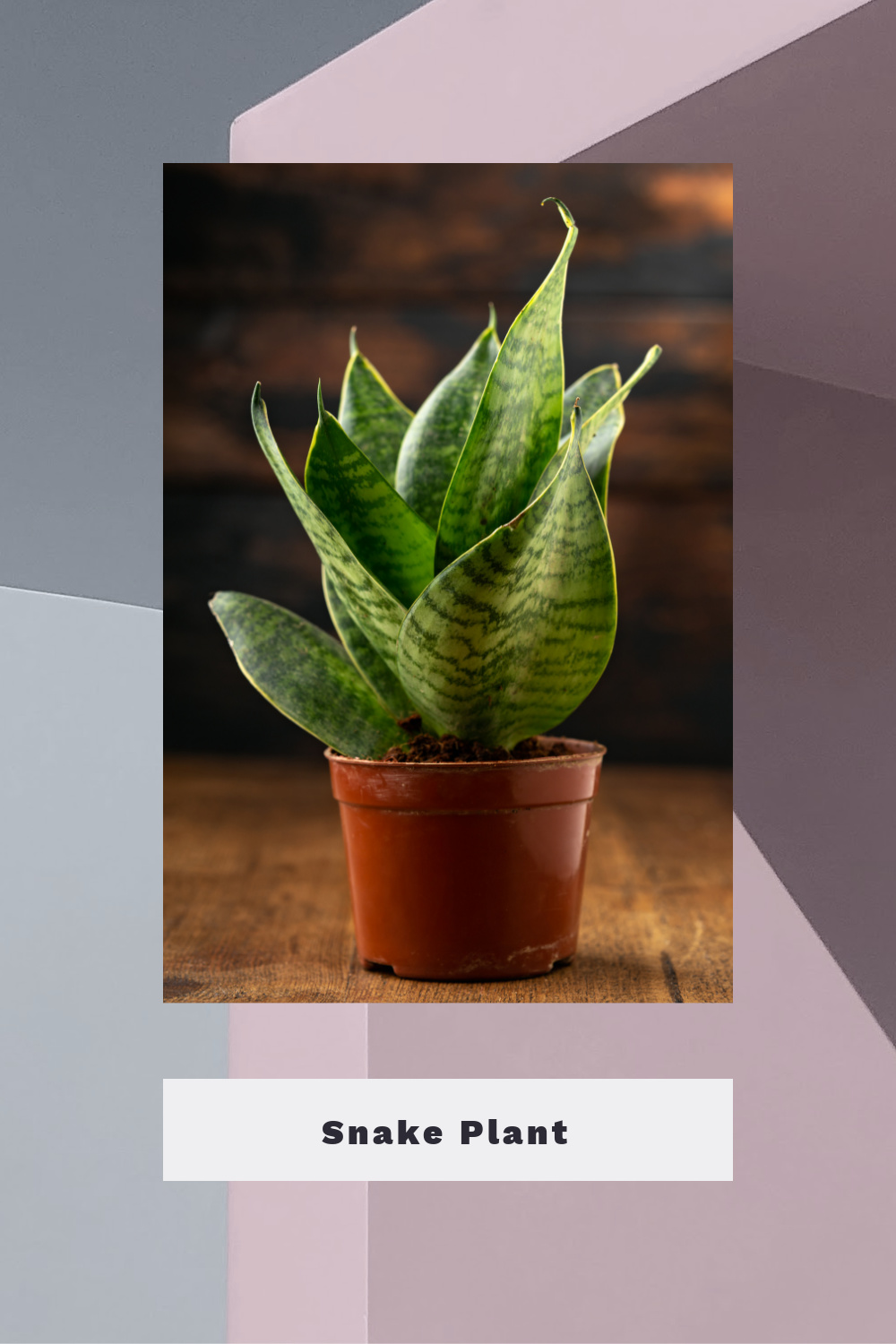In Feng Shui, the front door is the gateway for energy (Chi) to enter your home. Using Feng Shui plants invites prosperity, luck, and protection while creating a welcoming and harmonious space.


Healthy, well-maintained plants symbolize growth and abundance, while neglected ones can attract negative energy. Choose the right plants to transform your entryway into a magnet for positive energy and success.
1. Lucky Bamboo


Lucky bamboo is a popular Feng Shui plant associated with prosperity and good fortune, making it ideal for front rooms like foyers. While it thrives indoors, it can also grow outdoors in tropical climates (USDA zones 10-11) if kept in a shady area.
For optimal growth, maintain temperatures between 65-95°F, water every 10 days, and ensure proper drainage to prevent root rot. Lucky bamboo prefers bright, indirect sunlight and benefits from monthly fertilization. Re-pot when roots outgrow their container to keep it healthy and vibrant.
2. Chinese Money Plant


There are many varieties of money plants popular in feng shui practice. One money plant is the Chinese Money Plant (Pilea peperomioides). This money plant has small, round leaves which resemble coins. This plant has long been associated with wealth and abundance in Chinese culture, which makes it a powerful front door symbol for your home.
The Chinese money plant grows the best in indoor spaces and thrives in temperatures between 60-75 degrees Fahrenheit. They will work for short-seasons outdoors, so they are good as short season front porch plants, but they need to be moved indoors in high heat and extreme cold. They will easily burn when exposed to bright sunlight, so they need to be kept in a shady location.
These plants prefer moist, well-draining soil. Let the plants dry out between waterings to avoid root rot. Fertilize during the growing season (spring and summer) every four to six weeks.
3. Jade Plant


The jade plant (Crassula ovata) is another type of money plant popular in feng shui. It is commonly called jade plant, lucky plant, money plant, or money tree. This plant is auspicious for front doors because people believe it brings wealth and money luck. The jade plant works well as a houseplant, but you can also grow it outdoors in certain regions. It will thrive outside in spring and summer. It is best to bring these plants inside when temperatures consistently reach 50 degrees Fahrenheit because their tender leaves are susceptible to damage from the cold.
Jade plants are succulents, so they do not require as much water as other plants. Water them consistently in the spring and summer, but allow their roots to dry between waterings. Lessen their water in the cold months. Make sure the pot drains the water away from the roots. Jade plants thrive with four to six hours of sunlight every day, but they will also survive with bright, indirect light.
4. Snake Plant


Snake plants (Sansevieria) are popular in feng shui design because of their air-purifying qualities and their protective energy. Snake plants represent the wood element because of their upward and vital growth pattern. The wood element symbolizes strength and resilience, which are vital qualities that you want to attract into your home.
Snake plants are wonderful front porch plants because they thrive in outdoor conditions and add height to containers. They grow in various light conditions but grow best with several hours of bright, indirect sunlight. They are hardy in growing zones 9-11. Snake plants also work well in indoor spaces. Don’t water these plants often, and only when their soil is dry to the touch.
5. Chrysanthemum


Chrysanthemums are gorgeous options to surround the front door and work particularly well in the fall as part of your fall porch decor. Chrysanthemums are powerful symbols in feng shui belief and represent vitality, joy, and longevity. The colors of chrysanthemums affect their particular energy. Vibrant colors like red and yellow bring the most positive energy.
Chrysanthemums work best in outdoor spaces where you can grow them as perennials in the ground or annuals that provide seasonal color. Chrysanthemums in pots work well for a season in varied light conditions, but for planted mums, ensuring they receive at least six hours of sunlight will give you the most blooms. Mums like moist soil that is well-draining.
6. Citrus Tree


Citrus trees make stunning front-door plants. They are also symbolic of growing abundance, so they are powerful in feng shui design. Citrus trees work well as indoor and outdoor plants, though the space may be a factor as some trees grow to be quite large. If you opt to put your citrus trees outdoors, make sure the environmental conditions are right as cold weather will harm citrus trees. They like temperatures to stay above 55 degrees Fahrenheit, so if it gets colder, bring your citrus trees indoors.
Plant citrus trees in acidic soil that is well-draining. Be sure to water citrus trees at least twice a week during the hot summer months, but taper your watering in winter. Fruit grows best on citrus trees if they receive between six and eight hours of sunlight per day.
7. Peace Lily


Peace lilies are popular in feng shui design because they are easy to grow and maintain and they have beneficial symbolism. Peace lilies represent purity, harmony, and tranquility, all qualities that we want to bring into our homes. The peace lily (Spathiphyllum) are tropical natives, so they can only be grown outdoors in growing zones 10-11. But they work well as houseplants.
Place them in indirect but bright sunlight. Keep the soil evenly moist but not soggy. They can handle short spells of dryness. Their leaves will begin to droop if they become too dry. This is a good way to know when it is time to water your peace lily.
8. Ficus Tree


Ficus trees (Ficus benjamina) are another plant that is symbolic of the wood element in feng shui. This means that they represent growth, balance, and strength. Place them near your front door to create a harmonious flow of energy in your home and because their attractive appearance makes your entrance more welcoming.
You can grow ficus trees indoors or outdoors in zones 9-11. These trees love bright but indirect sunlight as harsh sunlight can damage their leaves. Keep the soil moist but not soggy. Allow the soil to dry out between waterings. Plant ficus trees in nutrient-rich, well-draining soil.
9. Areca Palm


The dramatic leaf structure of areca palms makes them wonderful candidates for front-door plants. They have graceful and feathery fronds that can reach high into the air. Areca palms are another powerful wood symbol in feng shui. Their vital growth can bring positive energy to your home.
You can grow areca palms both indoors and outdoors, though well-draining soil is vital in both locations. These plants will not tolerate temperatures below 50 degrees Fahrenheit. These palms thrive in bright, but indirect sunlight, but also grow in direct sun. Water your palm so that the soil is moist, but let it dry out between waterings to avoid root rot.
10. Orchid


Orchids are popular in feng shui design because they represent luxury and the pursuit to attain perfection. They also represent love, relationships, and the quest for a balanced life. Orchids are excellent plants for the indoors, but they also work well during the summer months as porch plants. Bring them inside when temperatures begin to drop below 60 degrees Fahrenheit.
Orchids love sunlight, so wherever you put them, they should receive twelve to fourteen hours of light all through the year. Be sure not to overwater orchids as they will die quickly if their roots are water-logged. Water just once every week, and allow the roots to dry out between waterings. Orchid roots are happy in confined spaces like small pots, so only re-pot them if the roots are growing beyond the pot.
11. Rubber Plant (Ficus elastica)
The rubber plant (Ficus elastica) is a powerful Feng Shui symbol of wealth, resilience, and purification, promoting stability while absorbing toxins from the air. Ideal for indoor placement near the front door or outdoors in warm climates (zones 10-12), it thrives in bright, indirect light but can tolerate low light conditions.
To keep it healthy, water regularly, ensuring the soil stays moist but not soggy, and allow it to dry slightly between waterings. It flourishes in temperatures between 65-80°F but should be protected from cold drafts.
12. Lavender
Lavender (Lavandula) brings calm and protection in Feng Shui, attracting positivity while reducing stress. Ideal for outdoor placement by the front door in warm, dry climates (zones 5-9), it thrives in full sun with moderate watering, allowing soil to dry between waterings. Preferring 60-85°F, it should be shielded from extreme humidity to preserve its fragrance and vitality.
13. Fern
The fern (Nephrolepis exaltata or Boston Fern) is a powerful Feng Shui symbol of protection, abundance, and purification, absorbing negative energy and creating a peaceful entrance. Best placed indoors or on shaded front porches (zones 9-11), ferns thrive in bright, indirect light with consistently moist but not soggy soil. They prefer temperatures between 60-75°F with high humidity for optimal growth.
14. Basil
The basil plant (Ocimum basilicum) is associated with prosperity and protection, attracting wealth and harmony while repelling negative energy. Ideal for outdoor placement near the front door or indoors by a sunny window, it requires 6-8 hours of direct sunlight daily. Basil thrives in warm temperatures above 50°F and needs moist, well-draining soil, avoiding overwatering to prevent root rot.
15. Camellia
The camellia (Camellia japonica) represents love, balance, and happiness in Feng Shui, with its elegant flowers enhancing the entrance’s aesthetic and attracting harmonious relationships. Best suited for outdoor placement near the front door in warm climates (zones 7-10), it thrives in partial shade or filtered sunlight. To maintain healthy blooms, camellias require evenly moist, well-draining soil to support steady growth.




